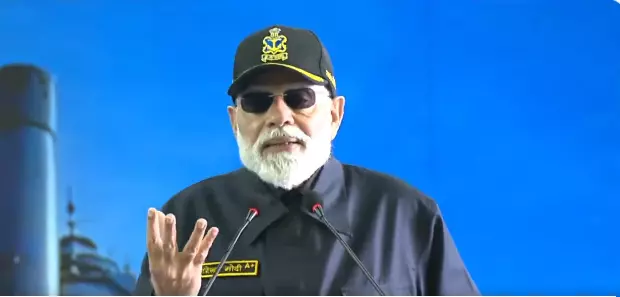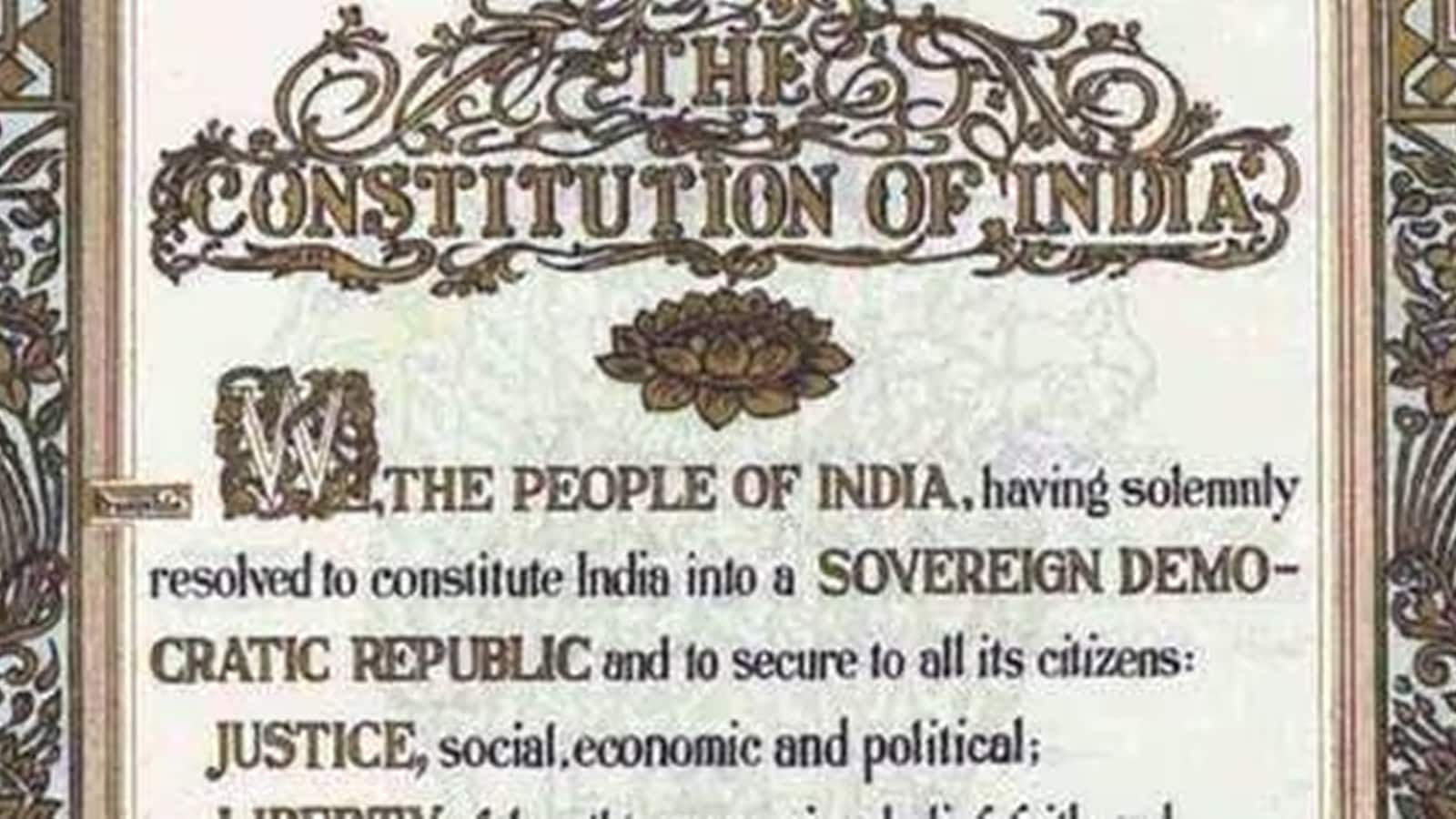Within the domain of religious texts, power usually rests with priests, forming a story in which human-divine communication is often restricted. The complexity within the British common law tradition is along similar lines — legal texts are deliberately crafted in intricate language, posing challenges for the average citizen to navigate. The Indian government, under the leadership of Prime Minister Narendra Modiis embarking on a mission to simplify legal language. This strategic initiative resonates harmoniously with the overarching vision of “Access to Justice”, seeking to dismantle the barriers of legal complexity that have impeded the common citizen’s understanding.
A pressing need
During the Constituent Assembly debates, B R Ambedkar, the Chairman of the Drafting Committee, said: “We must not forget that the constitution is for the people of India and it is for the ordinary people… We must see that the constitution is not only passed by the Constituent Assembly but that it is also worked by the common people of the country.” These words underscore the foundational principle that the Constitution and its accompanying legal language should be comprehensible to every citizen, irrespective of their legal expertise.
“Access to Justice” is deeply rooted in the recognition of the imperative to ensure that legal language serves as a conduit for understanding one’s rights and responsibilities. The ongoing efforts to simplify legal drafting exemplify the government’s proactive stance, actively engaging in measures to streamline language and enhance reader-friendliness.
For instance, the existing language of Section 213 and Section 214 of the IPC raises ambiguity regarding the offence’s completion, necessitating clarification to ensure legal precision and effective enforcement. As presently framed, the language of these sections could be susceptible to an interpretation that the offence remains incomplete until the actual act of concealing the offence or screening the offender occurs — a potential loophole. The government’s commitment to simplification serves as a corrective measure, addressing these historical ambiguities and aiming to bring about clarity in legal frameworks. This commitment is vital in rectifying the historical intricacies that have posed challenges to both legal practitioners and the general public.
On the global stage, the government’s commitment to simplifying legal language has not gone unnoticed. Aligned with international best practices, these initiatives have garnered recognition from global legal experts and organisations for their forward-thinking approach. This international acknowledgement positions India as a frontrunner in adopting progressive measures for legal accessibility.
A digital project, gained in translation
The simplification efforts harmonise seamlessly with the Digital India campaign, leveraging technology to enhance accessibility. By making legal information available through online platforms and digital resources, the government is not only simplifying language but also embracing the transformative potential of the digital world. In a testament to its commitment to inclusivity, the government has actively sought public input in the simplification process. This democratic approach ensures that the voice of the citizens is integral to the evolution of legal language.
The government envisions a legal landscape where language is not a barrier but a bridge to justice. The development of a comprehensive glossary in multiple languages, rewriting laws in a simplified manner, and creating plain language summaries of legal documents are integral components of this holistic approach. These steps aim not only at simplifying language but also at empowering citizens with knowledge, fostering a sense of legal empowerment among the diverse population.
As the country commemorates Constitution Day, it’s an opportune moment to celebrate the government’s commitment to justice. The ongoing efforts to simplify legal language resonate with the constitutional spirit, ensuring that justice is not an abstract concept but a tangible reality accessible to every citizen.
Tracking the impact of this simplification, the government has observed a noteworthy reduction in legal disputes stemming from misunderstandings and misinterpretations. This underscores the effectiveness of the ongoing initiatives in fostering a clearer and more comprehensible legal framework. Moreover, this commitment is not merely a domestic affair; it significantly contributes to India’s global economic competitiveness. A clearer legal framework creates an environment conducive to investment and business operations, positioning the nation favourably on the international stage. Additionally, the emphasis on making legislative drafting an attractive career choice aligns with a broader vision of youth empowerment. By imparting valuable legal skills, the government is actively contributing to the nation’s intellectual capital, ensuring the youth are equipped to navigate and contribute meaningfully to the legal intricacies of a dynamic society.
By integrating plain language drafting principles into legal education, the government is nurturing a generation of legal professionals equipped to navigate the intricacies of the law with clarity and precision.
In conclusion, the government’s commitment to simplify legal language is not just an administrative exercise; it’s a transformative journey towards inclusive justice. By dismantling the barriers of complex legal jargon and archaic language, the government is rewriting the narrative of justice — one where justice is not a privilege but an inherent right for every individual.
The writer is Additional Secretary to the Government of India, Ministry of Law & Justice. Views are personal.

















































